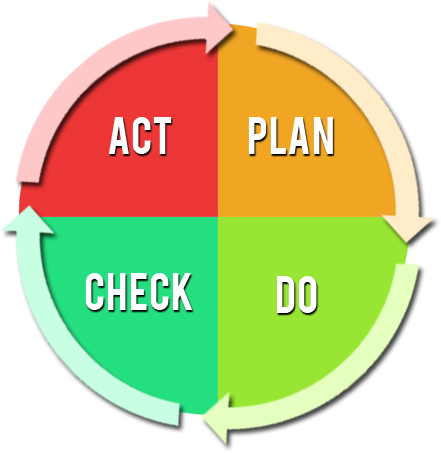Failure Mode and Effect Analysis
FMEA stands for ‘Failure Mode and Effect Analysis’ and is a systematic method of looking forward to avoid problems, defects, issues with new designs and new products entering manufacture.
Failure modes are any errors or defects in a process, design, or item, especially those that affect the customer, and can be potential or actual. Effects analysis refers to studying the consequences of those failures.
An FMEA is a listing of all potential failures and their corresponding effects of the product or process under investigation. It is not unusual for an FMEA to list 50 to 200 different potential failures. If an FMEA has over 200 potential failures it is a good sign that the product or process under investigation should be broken into sub-units, each with its own FMEA. For example, automotive companies don’t conduct FMEAs on the entire car, but rather individual components of the car.
The net result of an FMEA is a list of prioritised actions to both prevent and reduce severity of possible defects.
Where did FMEA start?
FMEA was first applied by the US Military Service in the 1940s, then by the space industry to prepare for the Apollo Moon Mission in the 1960s with objective of avoiding issues on small sample sizes of very expensive rocket technology. During the late 1970s the Ford Motor Company began applying FMEA with excellent results which then became the norm for the automotive industry. Since then it has become an Industry Standard approach across Electronics in general and is a key delivery item for many Blue Chip Customers.
How are FMEAs conducted?
FMEAs are typically conducted by small team of people, ideally each who has a slightly different view of the product or process under investigation. The variety of perspectives that a team can bring to an FMEA is what makes them so powerful. Any one person will not be able to develop as comprehensive and valuable am FMEA as a team of people can generate. FMEAs are a means to achieving better quality product and that’s why they are now required by OEM’s and industry standards in diverse industries such as automotive, medical device manufacturing, aerospace and chemical processing. Team interaction is very important and organisations often use external suppliers/ consultants to achieve this with 5 to 7 members in the team to bring a wide range of ideas/ views to the FMEA.
What is involved in a FMEA
The most important part of any FMEA is to perform preparation work to ensure past experiences are included in the FMEA by means of some form of ‘Lessons Learned’ knowledge database, otherwise many of same past mistakes will be repeated and FMEA will be ineffective.
Also past design Robustness Analysis should be included in the knowledge base. This may mean studying key parameter specs and tolerance levels, overlap of tolerances between different circuit designs, environment operation capability, etc. Too many defects are due to overlap of key design tolerances and where parts interface with other parts in same system, which is often disregarded by engineers who tend to focus on what can be controlled directly.
When an FMEA is carried out properly and in sufficient detail (without excessive information), Designs and Processes can be greatly improved and made more robust and efficient. This can have significant Design Cycle time and Process Cost savings for the teams running the FMEAs.
Plan-Do-Check-Act approach
The FMEA process is following the general PDCA cycle (Plan-Do-Check-Act) illustrated and described below:

DO – Develop the FMEAs from top to bottom by defining the Failure Modes, Failure Effects and Failure Cause including specific evaluation ratings
CHECK – Summarize and review the ratings by RPN Pareto and Critically matrix
ACT – Define actions out of the RPN and Critically matrix review. After implementing the actions the FMEA needs to be updated and seen as a living document
How Can Reliability Solutions help you develop effective FMEAs?
We provide a detailed 2-day education programme covering FMEA (design and process FMEA) and how to apply it in practice. We also provide a number of FMEA templates and tools that you can use immediately within your organisation to make your FMEA education truly value-adding at MINIMUM cost. A Reliability Solutions’ FMEA booklet is also provided for ongoing reference.
Cost per 2 days education with tools / workbook = £3900 UK Sterling plus expenses.